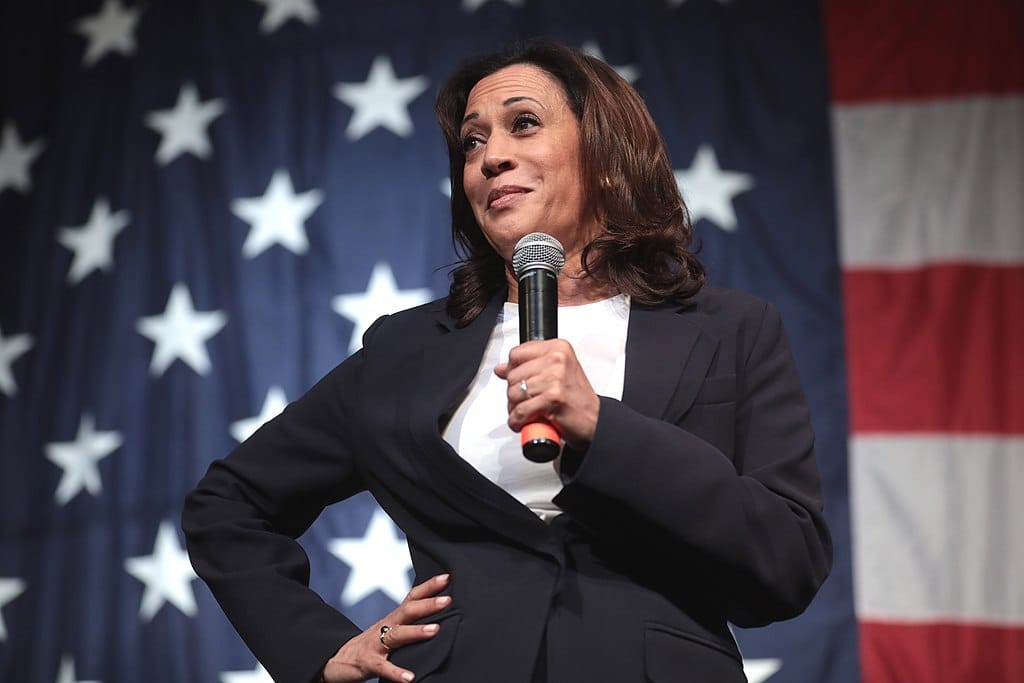Ending Mobile Dead Zones, 16 Million on Affordable Connectivity Program, NTIA Closes Minority Program
The proposal would allow space providers to get authorization to use licensed mobile spectrum to cover dead zones.
Ahmad Hathout

February 27, 2023 – The head of the Federal Communications Commission proposed Thursday to establish a framework to allow for wireless service providers on the ground and those in space to partner to provide continuous service where the former cannot reach.
The proposal would allow space broadband operators, such as Space X’s Starlink, to get commission authorization to use spectrum already licensed to agreeing ground-based service providers, such as Verizon, to fill holes in coverage not provided by the wireless carrier.
The pitch is that the FCC would authorize certain flexible spectrum bands (that can be used for either) for ground operations to include a mobile-satellite service provision. As such, the chair of the commission is proposing portions for that purpose from the 600 MHz, 700 MHz, 800 MHz Cellular Radiotelephone Service, and the Wireless Communications Service (2305 to 2360 MHz) bands.
“This framework could enable innovation and investment in nascent satellite and terrestrial interoperable technologies and cross-industry stakeholder partnerships to flourish in the United States, and play a key role towards fulfilling other Commission goals in the public interest,” the proposal said.
“These goals include facilitating ubiquitous wireless coverage across the nation; expanding the availability of emergency communications to consumers and the geographic range of first responders to provide emergency services; and promoting competition in the provision of wireless services to consumers, among others,” the proposal added.
FCC Chairwoman Jessica Rosenworcel touted the proposal at the Mobile World Congress in Barcelona on Monday. She said the FCC will need to investigate interference issues that may arise from the proposal, but added that this would be an international effort to align with global standards.
“We can make mobile dead zones a thing of the past,” Rosenworcel said in her remarks to the conference. “But even better, we have an opportunity to bring our spectrum policies into the future and think about how we move past the binary choices between mobile spectrum or satellite spectrum. In other words, we can reshape the airwave access debates of old and develop new ways to get more out of our spectrum resources.”
In August, SpaceX announced its Starlink satellites will be able to connect T-Mobile’s customers in rural areas to fill gaps in the ground network by having the space company use a portion of T-Mobile’s Personal Communications Services spectrum. The service is anticipated for later this year.
16 million households on Affordable Connectivity Program
The White House said Monday that more than 16 million households are now saving $500 million per month on broadband from the Affordable Connectivity Program.
The announcement was made from vice president Kamala Harris, who is in South Carolina on Monday to promote broadband access.
The White House said in a fact sheet that ACP enrollment is up 40 percent since the launch in May last year of GetInternet.gov, a portal to assist in enrollment in the program. The White House at the time said it partnered with internet service providers to deliver internet to low-income Americans for free.
The ACP provides broadband access subsidies of up to $30 per month – $75 per month on tribal lands – with a one-time device subsidy of $100. The Federal Communications Commission, which administers the program, has set up a number of outreach programs for the ACP because it said many more Americans are eligible for the subsidy but are not taking them up.
NTIA announces final grants from Connecting Minority Communities Pilot Program
The National Telecommunications and Information Administration said Monday that it is granting more than $175 million to 61 minority colleges and universities in 29 states and four territories.
The funding announcement closes out the $268 million Connecting Minority Communities Pilot Program, which is dedicated to historically Black, tribal and minority colleges and universities. It was created out of the Consolidated Appropriations Act of 2021.
The program has awarded 93 universities, which includes 43 HBCUs, 24 Hispanic-serving institutions, 21 minority-serving institutions, and five tribal colleges and universities.
The grants are expected to expand community technology hubs, upgrade classroom technology and improve digital literacy skills.
“Access to affordable, reliable, high-speed Internet service is necessary for minority students and local communities to fully access school, healthcare, and jobs,” Commerce Secretary Gina Raimondo said in a press release. “The Department of Commerce has made significant investment into minority-serving colleges and universities, and I am proud to say that all funding from the Connecting Minority Communities program has been distributed to help make Internet connectivity a reality for tens of thousands of students at minority-serving colleges and universities across the country.”









Member discussion